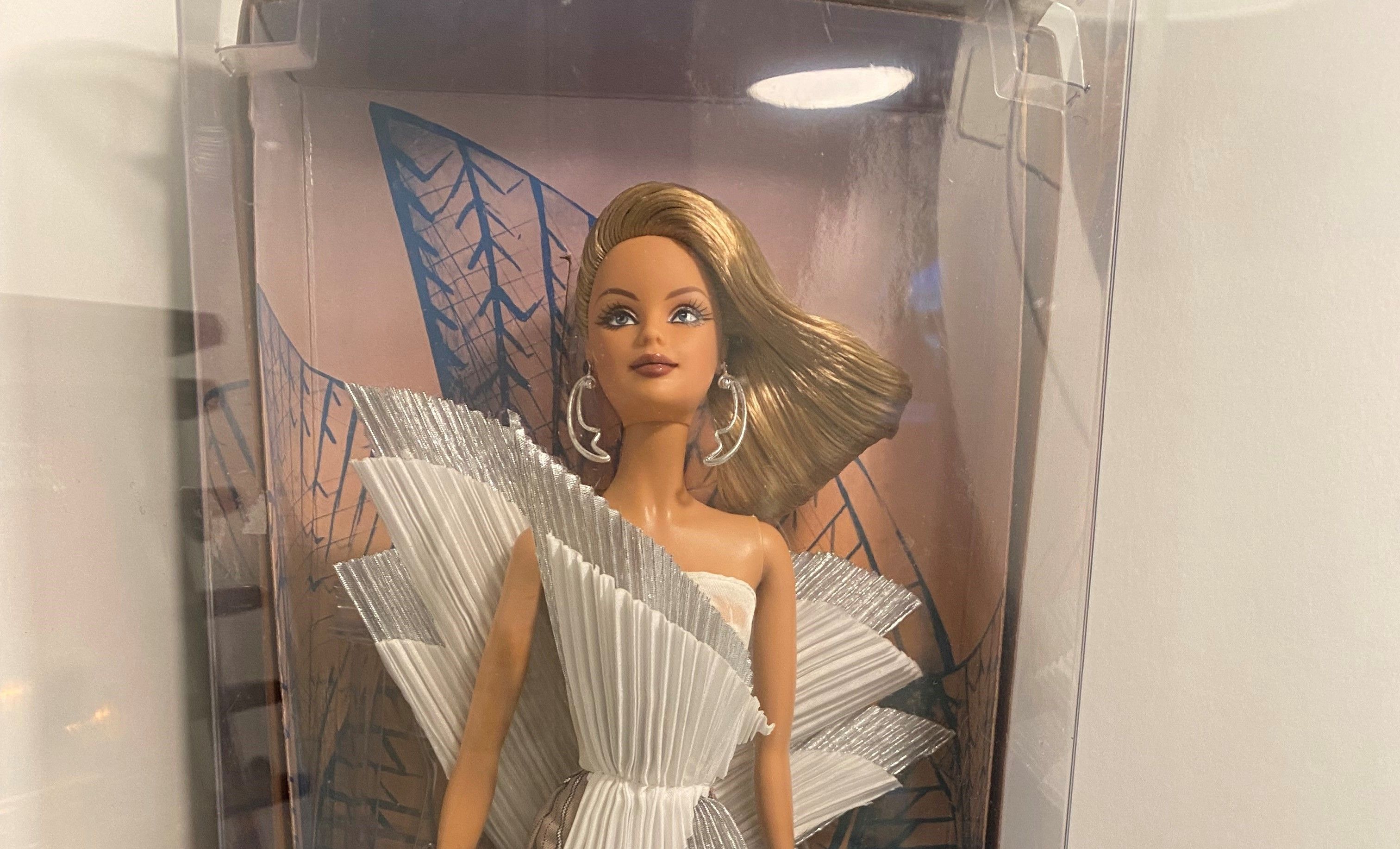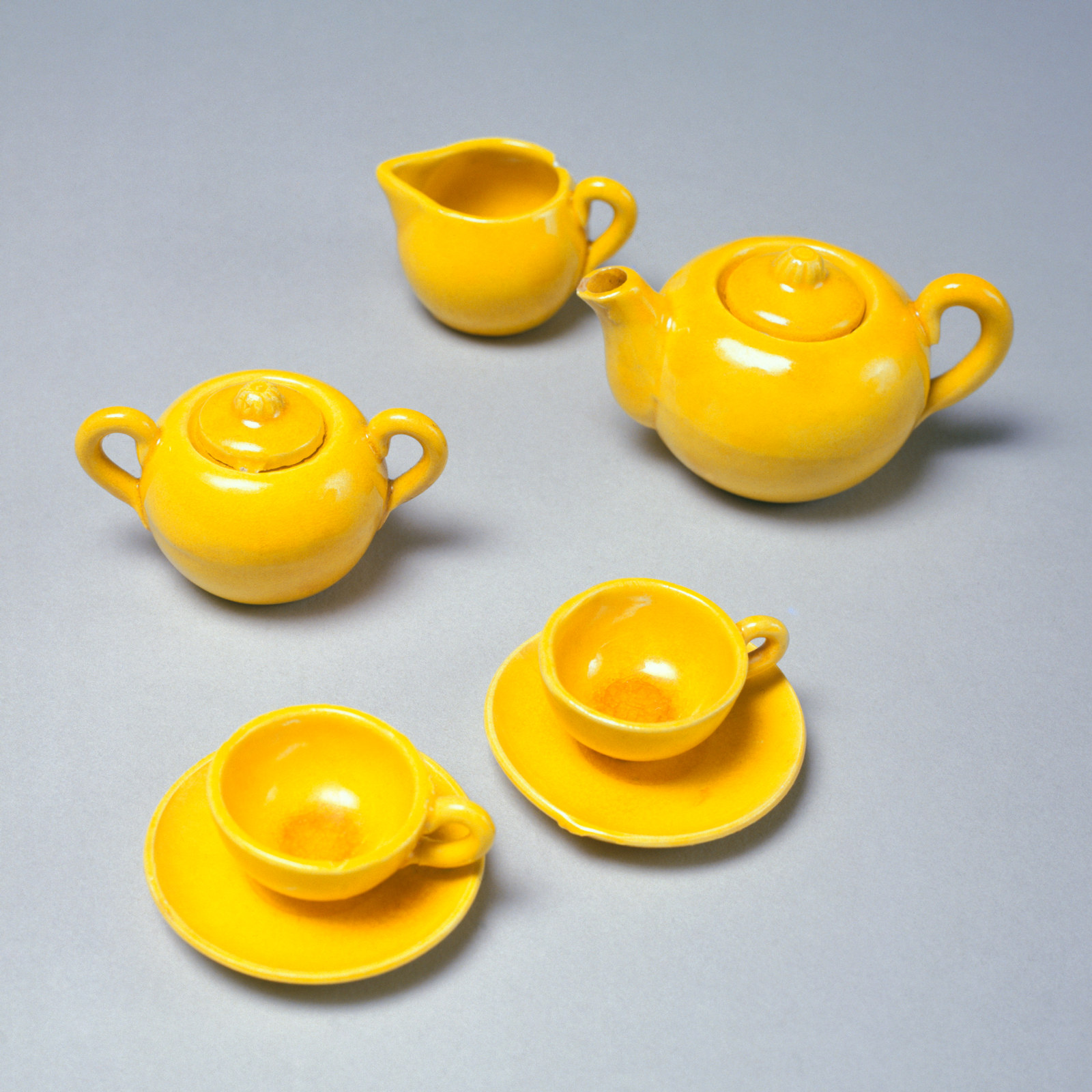Life in Plastic, it's fantastic
Barbie is the iconic fashion doll of the 21st century that millions of children have grown up with. Many people may have preconceived ideas about the 30 centimetre plastic bombshell, but how many know the real story behind the creation of this iconic toy?
Barbie's teutonic origins
It may be a surprise to many that the American doll finds her origins in post war Germany. The inspiration for Barbie came from a comic strip character 'Lilli' who featured in German magazine Bild Zeitung from 1952 to 1961. The cartoon received such great acclaim that Lilli dolls were made to cash in on this popularity. Enter Ruth Handler, the 'mother of Barbie', who had been pushing to create an adult figured doll at Mattel since the early 1950s but was met with deep resistance. It was on a business trip to Switzerland in 1956 that Ruth discovered the Bild Lilli dolls and felt she finally had something she could show to her executives and build a new line of dolls - Barbie.
Bild Lilli, unlike Mattel’s clean imaged Barbie, was considered quite risqué - a blonde bombshell who exuded sexuality and used this sexuality to gain favours from men. Bild Lilli dolls were popular with German men as joke toys that were given at bachelor parties or hung from cars' rear-view mirrors. Often maligned as a 'sex doll' the truth about Bild Lilli is a bit more complicated. Bild Lilli encapsulated the capitalist and materialistic spirit of post war Europe and her clothes - so unlike dolls that came before her - are modelled on Dior's "New Look" which was then the height of fashion. She may have had dubious origins in Germany but it was teenage girls in Western Europe that catapaulted the doll in popularity. Soon Bild Lilli manufacturers remarketed the doll as a children's item and made furniture and accessories to go along with her.
It is easy to see how the Bild Lilli influenced the design of Barbie. They shared the same curvy figure and side glancing eyes but there are a few key differences:Barbie's makeup was toned down for the American market and she was given a pointed foot rather than ending in a permanent moulded stiletto. Barbie was given a personality makeover too, becoming a wholesome teen fashion model rather than a seductive adult woman.
An innovative Design
When Barbie was unveiled at the 1959 World Trade Fair she created quite a stir. Parents were shocked by the buxom body of Barbie and were at first reluctant to purchase the dolls for their little girls.
It wasn't just Barbie's figure that was innovative. The original Bild Lilli doll was made from a very hard and brittle sort of plastic. Mattel began experimenting with softer and more bendable moulded PVC which entailed the introduction of specially made moulds into their Japanese factories. Designer Jack Ryan worked on the body of Barbie and created new joints that allowed for greater movement in the doll's body. 'Twist and Turn' Barbie, created in 1966, could move at the waist and bend her legs imitating the latest dance craze, the twist.
Ruth Handler, an astute marketer, experimented with new ways to sell Barbie. Booklets that came with the dolls were laid out like fashion magazines and advertised clothes that could be bought seperately to extend the possibilities of imaginary play with Barbie.
Jean and her Barbie collection
Given Barbie’s iconic status as the most successful doll in history, it’s no surprise that she has become a highly sought after collector’s item. For collector Jean, her fascination with Barbie was less about her doll’s looks and more about her doll’s fabulous fashions. Jean was given her first Barbie at age 7 and collected a range of glamourous dolls, stunning clothes and accessories. Jean’s mother eventually bought her a wardrobe to house her Barbie fashions. Safely stored in the wardrobe and forgotten in her teen years, the vintage costumes and dolls reemerged years later when Jean had daughters of her own. She now has over 1000 Barbies and fashion accessories in her collection.
Career girl
In the 1950s at a time when young women were expected to stay home, get married and start a family Barbie was holding down a career. Starting life as a fashion model at fourteen, Barbie has had many incarnations over the years with over 80 different career paths including Astronaut and CEO. Barbie has enabled girls to play out careers that in the real world were often rare for women to hold.
With one new Barbie sold every three seconds the doll remains one of the most successful toy products ever made.
Published on
Related

A doll named Charlotte
Charlotte the doll has a wax head, wax arms and legs and a cloth body. She has a wardrobe which includes a finely pleated and piped cream silk dress, knitted cotton socks and black leather shoes

An icon wearing an icon: Sydney Opera House Barbie
Stepping away from her signature pink, Barbie honours the Sydney Opera House with more subtle tones in her gown, that reflect the Opera House and its Harbourside location
